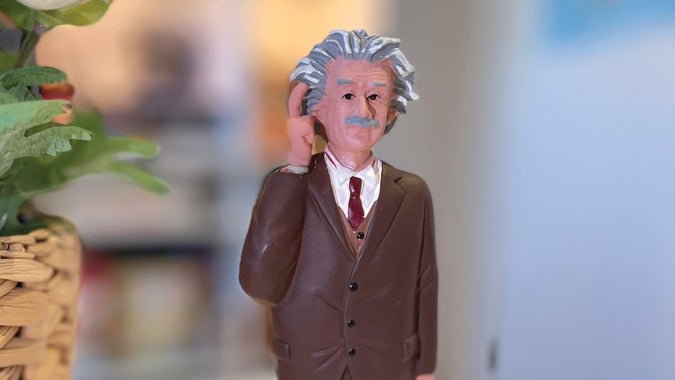Why Everyone Wanted My Product, But Nobody Bought It
Introduction: The Dilemma of a Ph.D. Candidate
As a Ph.D. candidate focused on creativity, I’ve spent years exploring its nuances and how individuals can unlock their creative potential. Companies often invite me to speak on this topic because creativity is a highly sought-after skill in today’s job market. But when I developed a product called Bulby—a tool designed to boost employee creativity—everything changed. Despite initial enthusiasm from clients, interest faded once they saw the product. Confused and frustrated, I was left wondering why.
A Pivotal Moment: The Einstein Figurine
One day, while sitting at my desk, I glanced at a figurine of Albert Einstein given to me by my father. What once felt like a simple homage to science had evolved into something much deeper. Einstein symbolizes rigorous thinking, reminding me to maintain scientific rigor, especially when working on projects I’m passionate about.

The Critical Insight
While creating Bulby, I operated under the assumption that managers wanted to enhance employee creativity. However, I hadn’t validated this hypothesis thoroughly. This realization hit me after I read The Mom Test by Rob Fitzpatrick. The book emphasizes a crucial point: when sharing business ideas, people often provide positive feedback to avoid hurting feelings. To gain genuine insights, we must ask open-ended questions that encourage honest responses.
Understanding the Real Pain Point
Once I shifted my questioning approach, a clearer picture emerged: the root issue wasn’t a lack of creativity among employees, but the inefficiency of brainstorming sessions. Teams found idea-generation meetings to be time-consuming and frustrating—especially in remote setups. With this newfound perspective, I repositioned Bulby as a “time-saving brainstorming solution.” This pivot resonated with clients, and suddenly, they were eager to adopt the product.
The Einstein Approach: Asking the Right Questions
Einstein wasn’t just a brilliant thinker; he was a master of asking insightful questions. He challenged assumptions and explored unknowns. This philosophy of inquiry is essential for both scientists and entrepreneurs.
Conclusion: The Value of Curiosity
In the journey of developing Bulby, I learned a vital lesson: to uncover valuable insights, we must prioritize asking the right questions. This approach leads us to better understand our customers’ needs and ultimately formulate solutions that resonate. As I continue to keep Einstein’s figurine on my desk, it serves as a constant reminder to stay curious and open-minded in both my scientific explorations and entrepreneurial ventures.
By embracing curiosity and engaging in meaningful conversations, we can transform our ideas into impactful solutions that meet the needs of the market. So, the next time you’re faced with a product idea, remember: it’s not just about what’s valuable in your eyes—it’s about identifying what truly matters to your customers.





